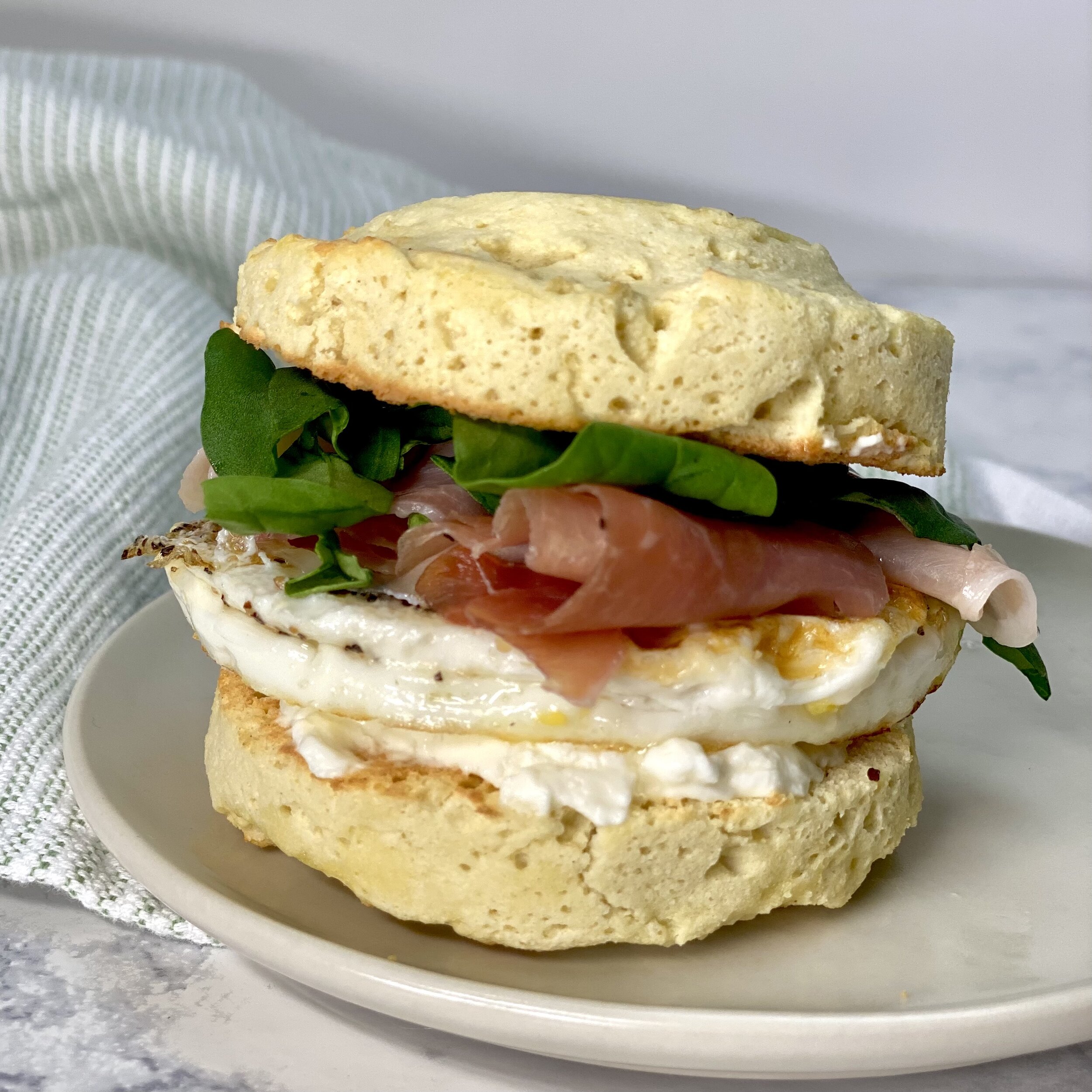The Yogurt Conspiracy: What They Don't Want You to Know.
You may think of yogurt as a harmless and tasty treat, but what if I told you there's more to this creamy concoction than meets the eye? Brace yourselves for an eye-opening exploration of the hidden truths and untold secrets lurking beneath that innocent-looking spoonful of yogurt.
It sounds dramatic to suggest that there could be a conspiracy around yogurt, but could it be true?
How many times have you gone to your local grocery and pushed your cart over to the refrigerated dairy section looking for some yogurt? Only to arrive at miles of options that all seem to have the same marketing strategy: Confuse you until you give up and buy the one that appears to be the healthiest.
Which yogurt is the healthiest?
We stand in the aisle thinking to ourselves, “Low-fat sounds nice; I mean-I, I don’t want to be fat; that’s not healthy. Or maybe I should try something plant-based? Hmmm. What does oat milk yogurt taste like? I don’t know if I’ll like that. Does it need to be Greek? Oh, this brand says it’s good for gut health. I think that sounds good.”
You’ll want to hang in until the end of this post because we going to share:
How to read the ingredient label.
A simple math trick to determine how much sugar is in your yogurt.
How to convert grams to teaspoons. So you can visualize how much sugar is in each container of yogurt.
How to read the label: Check these 5 things every time you buy yogurt.
Next week’s blog post is 25 Yogurts that Pass our test, and we think you’ll love.
The Yogurt Conspiracy: What they don't want you to Know!
So what is this yogurt conspiracy all about? Is it marketing, or is there more to yogurt than meets the eye?
Prepare to have your taste buds betrayed! Come with me as we cover the sweet deceptions, sneaky serving sizes, mystery ingredients, questionable health claims, and murky marketing.
✓The Sweet Deception
One of the dark secrets of the yogurt industry revolves around its use of sweeteners. Yogurts can be loaded with sugar and artificial sweeteners. Despite their promise of a guilt-free indulgence, these sweeteners can have detrimental effects on your health, including increased cravings, disrupted metabolism, and potential long-term risks.
Misleading packaging and nutrition labels can leave you confused about how much sugar you are actually consuming. Spoiler alert, if you are eating flavored yogurt, chances are there is WAY more sugar than you think.
✓Sneaky Serving Sizes
Clever packaging tactics can mislead you into eating more than one serving. To avoid this, check the serving size on the nutrition label before you eat a whole carton of yogurt. You could be eating more than one serving, easily doubling your consumption.
✓Mystery Ingredients
Mysterious ingredients that yogurt manufacturers don't want you to know about are lurking on the nutrition label. From artificial additives and preservatives to questionable flavorings and colorings, hidden components can compromise the true healthiness of yogurt.
✓Questionable Health Claims
Exaggerated health claims are often associated with yogurt. Countless multi-million-dollar settlements have plagued the United States yogurt industry for making deceptive health claims. It is difficult to dissect the science behind these assertions and separate fact from fiction.
Follow our tips below to make better-informed choices for your diet and which yogurt is right for you.
✓Murky Marketing
Are we really getting what we think? While the deceptive realm of murky marketing isn’t limited to the yogurt industry, instead it is widespread across the entire food industry. We have been misled and blinded to believing the food we are eating is healthy.
Think about the simple imagery of fresh fruit like strawberries or bananas on a yogurt package. This makes you think it’s loaded with healthy fruit, right? Wrong. If you look a little closer, you will notice words like “essence, concentrate, artificial, and natural flavors.” These words mean “no real fruit.”
Deeper dive, is there actually any real fruit listed in the ingredients in your yogurt cup? If you see real fruit on the ingredient label, is it buried at the bottom of a long list of ingredients? If this is the case, then there is probably very little real fruit.
Is this yogurt healthy?
Check these 5 things off your list next time you buy yogurt!
How to read the label: Check these 5 things every time you buy yogurt.
Ingredients from YES/NO List. Choose a yogurt made from ingredients on the YES/NO list. ←Click here for YES/NO List. If the ingredient is hard to pronounce, she’s not the one. The only ingredients that should be hard to pronounce will be the probiotics. Names of probiotics usually end in “us,” for example, Streptococcus thermophilus and Lactobacillus bulgaricus. Types of probiotics aren’t listed on the yes/no list but are completely acceptable and great for your gut health.
Check the sugar. If the yogurt has more than 6 grams of sugar per serving, she’s not the one; put her back. Follow the tutorial below to calculate exactly how much sugar is in the yogurt.
Order of ingredients. Pay attention to the order of ingredients. The ingredients used the most will be listed first, and the ingredients used the least will be listed last.
No Foods Dyes. If you read the label and you see colors like Blue, Yellow, and Red with numbers following the color-these are artificial dyes, and you should immediately put her back. She’s not the one.
Natural Flavors. This one is a little tricky because “Natural Flavors” covers an enormous bracket of additives, some that may be good and others that may not. I like to use my better judgment when I come across this on a label. It’s not a scientific method, but this is what I do. For example: If it is from a brand that produces organic, healthy products, then I’m more inclined to make a purchase when I see this on the ingredients. However, if the brand is sketchy and is known to sell products that don’t aline with my food values, then I will immediately pass. Use your better judgment on this one.
Did you know there is more sugar in yogurt than what they show on the label?
Luckily with a little math, you can determine exactly how much sugar is in your yogurt. In my opinion, you shouldn’t have to do math when buying a probiotic, but no one asked me.
Below you will find a sample yogurt nutrition label… Spoiler Alert, this is NOT the yogurt I recommend. The math equation looks like this—To find the actual amount of sugar, you need to take the “Total Carbohydrates” and subtract the “Fiber,” This gives you the “Real Sugar.” This trick works on ALL nutrition labels, not just yogurt.
Grams can be confusing. If you’d like to convert the grams to teaspoons, divide the “Real Sugar” amount by 4. This equals the number of teaspoons of sugar found in this yogurt. Check out the image below to see the math for yourself. Prepare to be amazed, but in a bad way!
One tiny yogurt contained a whopping seven teaspoons of sugar. Could you imagine walking over to your pantry and starting your day by eating 7 teaspoons of sugar? No. Thank. You.
Read our blog: Shoppers Guide for Buying Yogurt: 25 Yogurts You’ll Love.
Have you ever wondered what kind of yogurt is actually good for you or how to pick the right yogurt when there seem to be unlimited options? If so, then you’re not alone. Read my Shopper’s Guide for Buying Yogurt. Our standards are high. We have tested some amazing yogurts, find out which 25 yogurts make the cut.
Did your favorite yogurt make the list?
With the increasing demand for high-quality yogurts, competitors are creating new options for the health-conscience consumer every day. Let us know in the comment section below if you have a suggestion that didn’t make the list or if you know a new product, we should review.
Try one of these yummy recipes!
-
https://www.lectinfreewife.com/recipe/flaxseed-cracker
https://www.lectinfreewife.com/recipe/best-sandwich-bread
https://gundrymd.com/supplements/total-restore/














